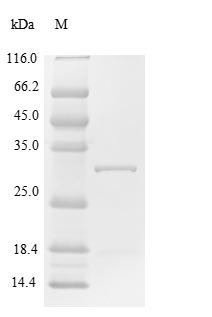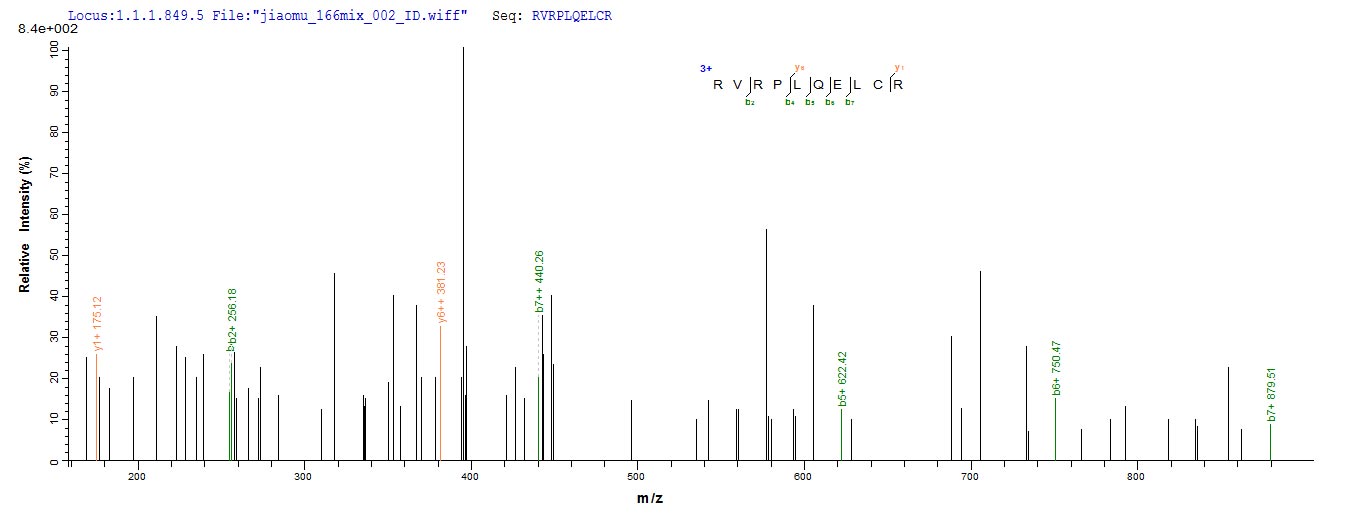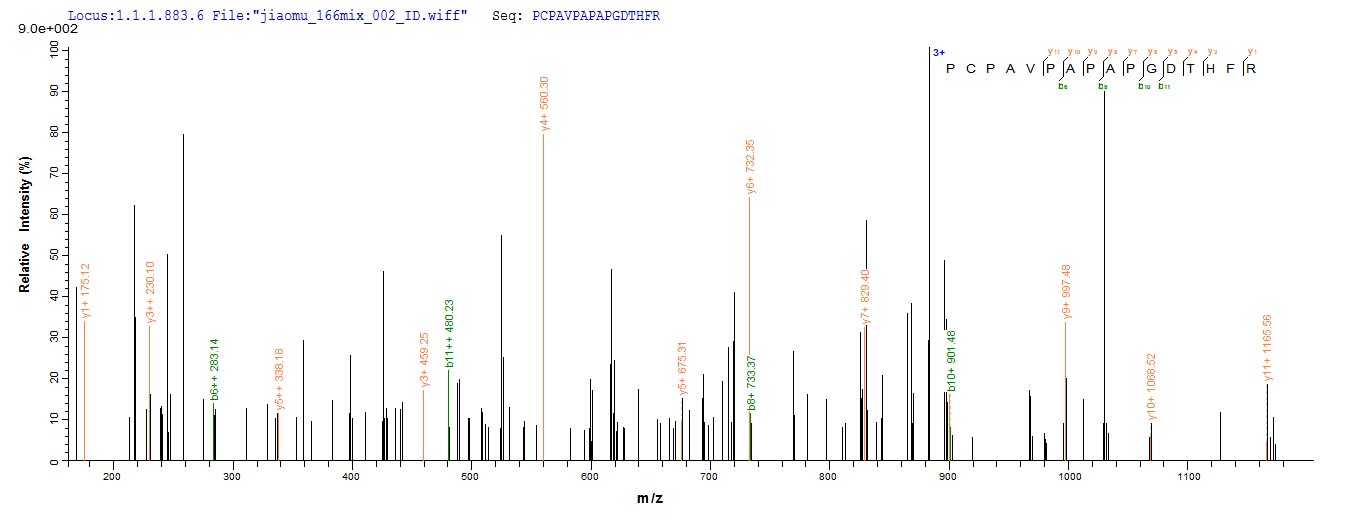The preparation of this recombinant Human SOCS1 protein was to use gene recombination DNA technology to obtain a recombinant vector connected with a SOCS1 fragment (1-211aa) that could be translated into the SOCS1 protein and then transferred it into E.coli cells to express the recombinant SOCS1 protein molecule. In order to get the target protein with high purity, N-terminal 6xHis tag was used in the production. The purity is 90% determined by SDS-PAGE.
SOCS1 is a member of the STAT-induced STAT inhibitor (SSI), also known as suppressor of cytokine signaling (SOCS), family. It is highly conserved among various species, including human, chimpanzee, dog, cow, rat and chicken. SOCS1 was also involved in E3 ubiquitin ligases complex, acting as substrate-recognition modules to mediate the polyubiquitination and subsequent degradation of substrate proteins which may be the key components of cytokine signal transduction pathways. Both two functions of SOC1 are very important to regulate the growth and proliferation of cell. Therefore, numerous studies have speculated that SOCS1 may play a role in regulating tumor growth and proliferation, such as hepatocellular carcinoma, melanoma, gastric cancer, prostate cancer and so on.






